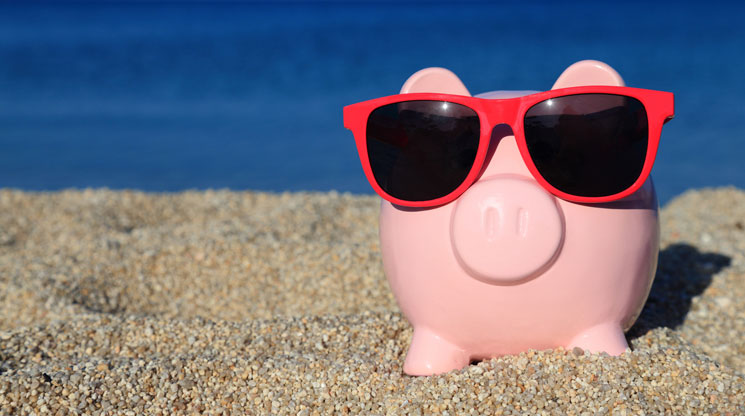
Approximately 75 percent of people have debt from previous vacations, according to financial planning startup LearnVest. While it might be easy to plan on saving before you go on your trip, you’ll always find unexpected expenses during your trip. Regardless of your destination, here are a few suggestions to help you save money on your summer getaway.
Go Grocery Shopping
Even if you plan on dining out for dinner every night, buying items for breakfast and lunch, along with snacks, can help you save hundreds if you’re traveling as a family. If you’re traveling by air, find directions from the airport to your accommodations before you travel to identify if there are any grocery stores along your route. You can also download coupons to your phone or print them and place them in a folder with your travel plans. Once you arrive, take a taxi or ride-sharing service and ask to make an additional stop on the way to your accommodations.
Visit the Best Restaurants During Lunch
If you’re looking to eat at popular restaurants, see if they are open for lunch. You’ll get to experience the same dishes for a fraction of the cost, and spend less time waiting for a table. If you decide to go ahead and splurge on a big lunch, you can go smaller for dinner by splitting appetizers or checking out various food trucks and street food.
Don’t Forget About Public Transportation
While this may be a no-brainer for those traveling to Europe or major cities, ask your hotel concierge for the best ways to get from Point A to Point B. For example, those who are traveling to Orlando can take advantage of special transportation offers (sometimes free) between their hotel, the airport, and attractions throughout town. Major destinations may also offer “hop on, hop off” buses between all of the tourist sights.
Check Admission Policies
Some museums offer discounted rates for students or free entry for children on certain days of the week. If you’re traveling to a place with a variety of museums, check the websites of each museum to find out if there’s free admission between certain times or if you can get a discount for children, college students, or active military personnel.
Exchange Money at the Indoor ATM
Despite their convenience, money exchange kiosks tend to have poor exchange rates. When you’re arriving in a foreign country, find a bank with an indoor ATM to withdraw money from a savings or checking account. While you may need to pay a small fee for using the ATM, they tend to have a high exchange rate. If your bank also adds a charge any time you don’t use one of their ATMs, most banks within major cities can exchange cash that you bring from your home country.
Use Debit or Credit Cards
If your destination widely accepts credit or debit cards and you don’t get charged foreign transaction fees, then sticking with cards might be your best bet. When you pay, you might have the option to pay in the local currency or the currency of your home country. Always go with the local currency because the payment terminal can add additional fees for paying in your home currency. If you are based in the United States or Canada and traveling to Europe (especially in Scandinavian countries where some places will not accept cash), ask your bank for a card with a chip in it if you don’t already have one. Many systems can no longer read the MagStripe used on most cards from the U.S. and Canada.
Sponsored By:

